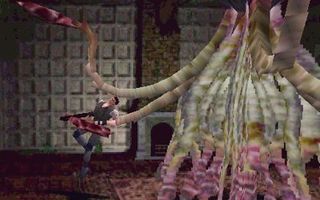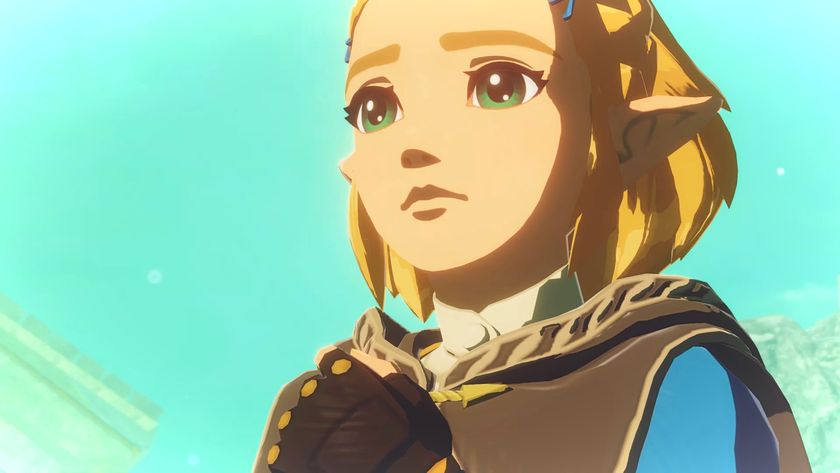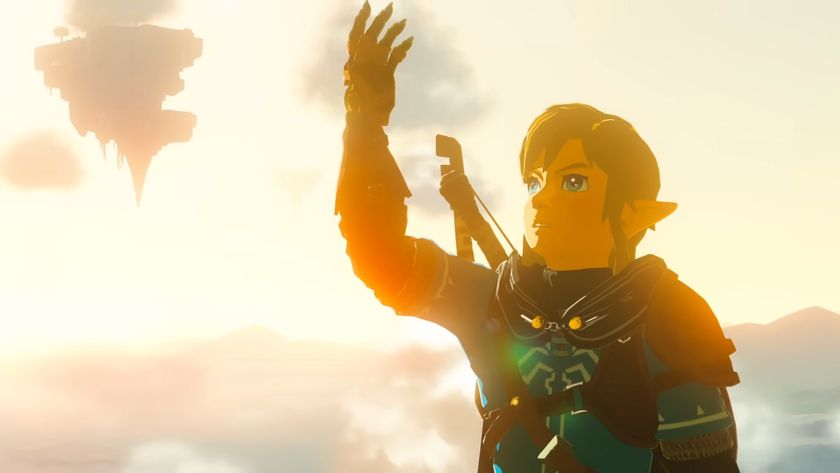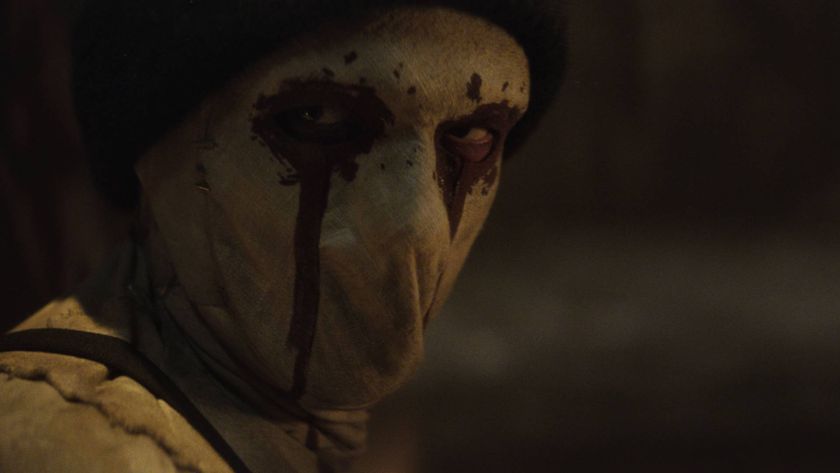Why scary games are never scary
13 arguments and comparisons that cut the horror genre to shreds

Are videogames, however, really that scary? Not superficially, but deeply and viscerally? Do they force you to cover your eyes like a good horror movie? Do they inspire nightmares like a midnight ghost story? Do they torment your imagination the same way a walk through the woods or a cemetery could? Do videogames truly, honestly frighten you?
I don’t think so, and here are 13 reasons why. Agree? Disagree?
Share your thoughts in the comments below.
#1 You can’t die. Not permanently, anyway. The awful finality of death, and the terrifying unknown of what lies on the other side, is the only reason anything in

life is scary. If all we had to do to survive is hit the reset button or wait through a quick load time, we would fear absolutely nothing... with the possible exception of boredom.
#2 You don’t care about those who can die. Obviously, you can’t be killed in a horror movie, either – the characters are the ones who die. On the big screen, however, we empathize with even the least talented extra or C-list actor, simply because we recognize them as fellow human beings. When a knife stabs through their flesh, we subconsciously imagine how we would feel if that knife stabbed through our flesh. The characters in games are usually too underdeveloped, both in personality and physicality, for us to view them as real people.
#3 The consequences are wrong. We don’t avoid Pyramid Head and Big Daddy because they can disembowel us with large sharp objects; we avoid them because that disembowelment would cause us to lose five to ten minutes of progress. When they attack us, we don’t scream out of pain; we curse out of anger that we might have to replay the level all over again. The dominant emotions experienced during horror games are anger, frustration and confusion, not fear, panic or anxiety.
#4 The priorities are wrong. When confronted with a mass murdering monster, your natural instinct should be to run like hell. In movies, books and campfire tales, the protagonists do everything in their power to escape the threat before finally, when no other option is left, facing down the threat. Since the very nature of gaming requires us to fight these bogeymen on a regular basis, weinstead learn to set traps and detect weaknesses. The monsters become our prey, not our predators.
Sign up to the 12DOVE Newsletter
Weekly digests, tales from the communities you love, and more

#5 The settings and situations are unbelievable. What’s scarier? A monster stalking an abandoned space station or a monster stalking your own neighborhood? A killer with a silly pyramid on his head or a killer in a generic mask from the local department store? A comically oversized drill or a basic kitchen knife? Jason X or the original Friday the 13th? Videogames strive hard for creativity and escapism, but forget that a slightly twisted sense of the familiar is far more frightening.
#6 The heroes and weapons are unbelievable. Let’s compare and contrast again. In the first Halloween film, an ordinary high school student is forced to

fight Michael Myers with nothing but a metal coat hanger. In Dead Space, an armored engineer fights intergalactic zombies with plasma guns, flamethrowers and “supercollider contact beams.” Sound like a fair fight to you?Overpowered protagonists and arsenals are fun to play with, of course, but they obliterate sensations that are crucial to creating fear, like helplessness and exposure. Plus, how can we project ourselves inside the scary experience if our avatar is so completely, drastically different from us?
#7 Technology isn’t good enough. Hold up the most advanced game on the market and it still won’t look as real as the oldest, grainiest, cheesiest horror movie. It won’t match the mental images you conjure while reading a book or listening to a ghost story, either. The graphics are clearly just that – graphics. The animations may be “lifelike” and the sound effects may “surround” you, but those things grow less and less convincing the more and more you see or hear them. Don’t forget the age factor. Nosferatu, a 1922 silent film, still freaks out modern audiences; Resident Evil, a 1996 videogame, couldn’t scare babies a mere decade after release.


Nintendo Switch 2 Direct reveals Hyrule Warriors: Age of Imprisonment, a Legend of Zelda spin-off set before Tears of the Kingdom

The Legend of Zelda: Breath of the Wild and Tears of the Kingdom are getting enhanced Nintendo Switch 2 Edition releases, with improved frame rate, resolution, and more











